Treasured Classics – a growing market
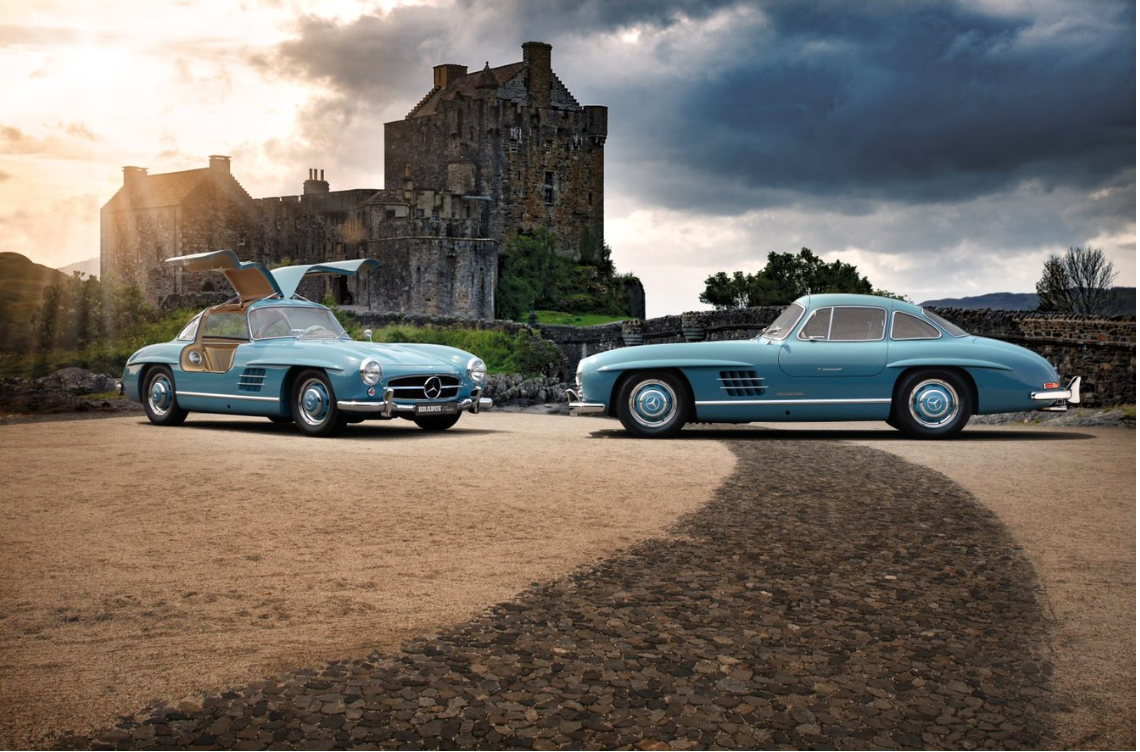
Latest available research for the UK classic vehicle market, from the Federation of British Historic Vehicle Clubs (FBHVC), tells us that the population of classic and vintage cars in Britain is approximately 500,000.
The average age of owners is over 60 and owners generally take great pride in their classics with the vast majority working on their own cars.
How Classic Vehicles Are Categorised
Through the FBHVC and the classic car clubs, British transport heritage is being well looked after and transport heritage is just as important to many people as the National Trust taking care of Britain’s stately homes and castles. Most classic owners are members of a classic car club which is a great place to trade notes and discuss common issues including oils.
1. VETERAN – Edwardian
These are very early vehicles of the kind seen on the London to Brighton rally. Cars built before 31 December 1904 are categorised as Veteran. An identical car built in January 1905 would not be referred to as Veteran but, as with other cars built between 1 January 1905 and 31 December 1918, would usually be referred to as Edwardian. Oil requirements were usually very basic and lubricating oil additives were a thing of the future back then!
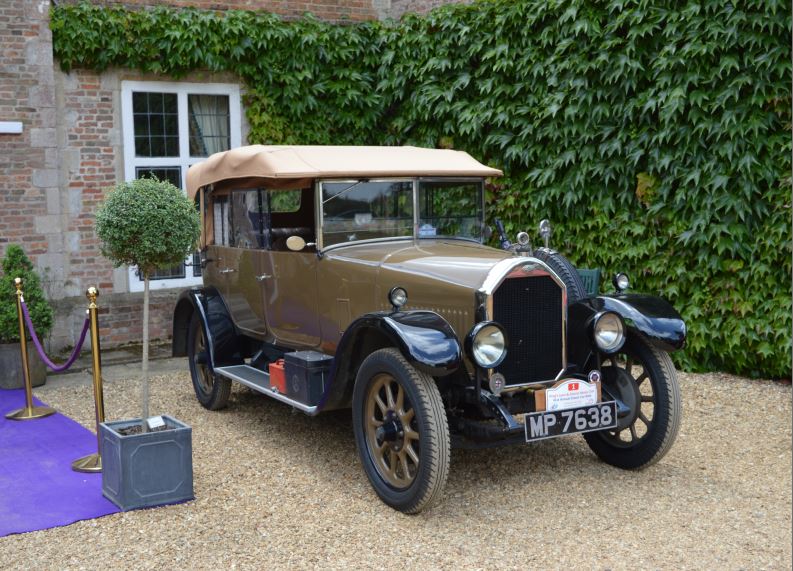
2. VINTAGE – Mostly Pre-World War II or “Pre 1950”
These included side valve engines, very large oil capacities and, originally, oil strainers (rather than filters) were fitted to the vehicles. Because strainers only really prevented larger wear and dirt particles fouling the engine, the engine oils contained low (or no) detergent so that dirt particles did not break up and pass straight through the strainer.
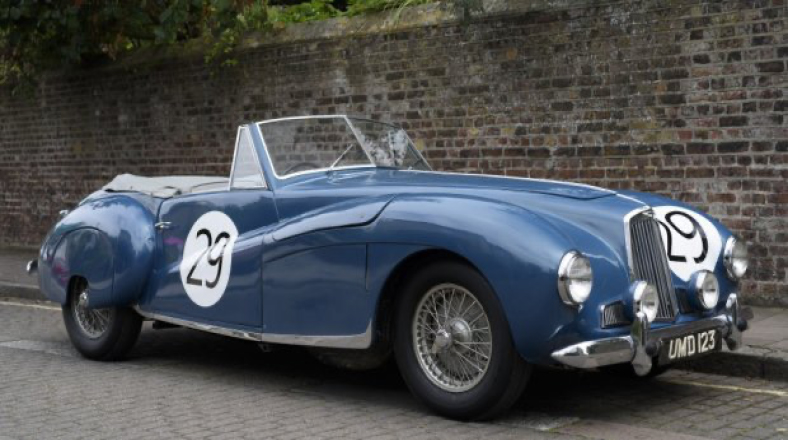
3. CLASSIC – Post-World War II or “Post 1950”
By this time, there had been great advances in engine and motor oil technology: for example, the integral gear box and front wheel drive, transverse engine had been invented for the Mini, a classic icon of the 1960’s. Advances in oil technology meant that multigrading was now possible (with Motul at the forefront), eliminating the need to change from the slightly easier flow of SAE 30 oil in cold winter months to SAE 40 for better protection in summertime.
SAE 20W-50 became the viscosity grade of choice and it’s still the most popular grade in classic car oils today. Classic oils take use of higher levels of ZDDP (“zinc”) as a key anti-wear mechanism, unlike modern cars with catalytic convertors because high ZDDP can “poison” the catalyst. This is one major difference between “modern” oils and classic oils and an example as to why a purpose-designed classic oil should be used. During the same period, modern, full flow cartridge filters replaced the outdated strainers and the detergency level of the oil increased to break down dirt particles more efficiently so that they would be caught on the filter element and keep engines cleaner.
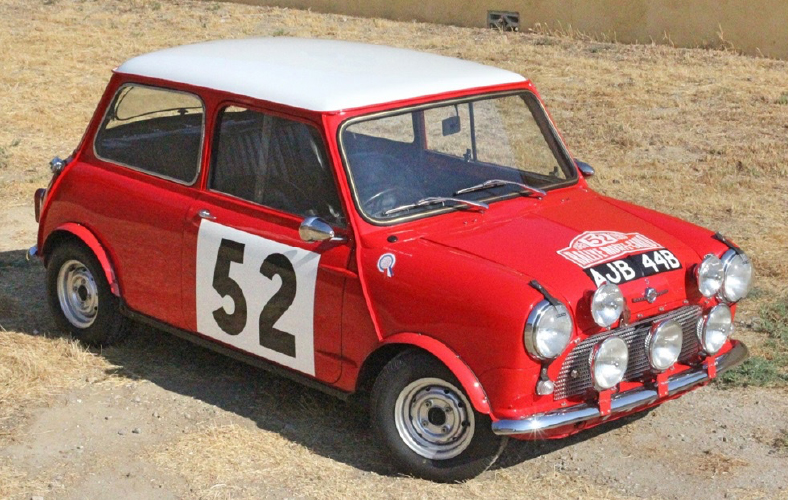
4. MODERN CLASSICS “Young Timers”
By the 1990s, multi-valving in engines was commonplace and sump sizes had become much smaller whilst engine tolerances had become tighter and materials improved. This placed great demands on the lubricant and the viscosity requirement of the oil changed too. SAE 10W-40 oils became commonplace and marked the advent of synthetic and semi-synthetic base oils to cope with the increased demands of the engines, hotter running and movement towards extended drain intervals. This was also around the time Ford introduced their Zetec engine which required a 5W-30 grade oil.
Remember that classic cars are used differently today than when they were new.
It’s a happy coincidence that classic cars, by definition, are out of warranty because this allows oil formulators quite a free hand when it comes to designing a classic oil: Certainly, to comply with the original viscosity requirements, the oil should be SAE 20W-50 with moderate detergent and the oil should also have a good level of ZDDP for anti-wear protection.
But because classics are not used daily, as they were when they were new, consideration needs to be given to the ‘wintering’ period or ‘lay-up’ when the car is not used. Lay-up, generally between October and March, brings its own set of problems such as condensation on the inside of the engine and its components. This can cause rust and even seizure.
A well-formulated classic oil (such as Motul 20W-50) should contain a trace of tackiness additive so that the oil forms a light coating on the walls and oil galleries of the engine whilst coating components to protect the engine during the wintering period. If engine oil is only changed once a year, the best time to change it is before lay-up for winter. This way, the engine components don’t spend the winter covered in the used oil, which may contain products of combustion and lacquers, varnishes and acids.
The new charge of a well-designed oil will protect the engine during winter and also be ready to go in the spring without a second change. It’s really important to note that classic cars are an appreciating asset and that, in comparison, investing in a well-formulated engine lubricant, like Motul, is a very low-cost option in protecting the asset.
The Growth Of Classic Racing
Classic racing has seen rapid growth in the last 15 years, through headline events such as Motul Classic Goodwood Revival, Motul Classic Le Mans, Motul Classic TT, Classic Silverstone and Donington Festival. Whereas previously, spare parts were very often turned out by enthusiasts in small machine shops trying to copy broken components, nowadays, large manufacturers, for example, Ford and Volkswagen, have recognised the needs of the classic market and are selling original components for classics once again.
This has greatly assisted the rise of classic racing because the owners are more confident that, if something does go wrong, replacement parts can be more easily sourced and so we have seen the gradual change from owners simply admiring their classic and driving them gently to a significant number of owners really putting their cars through their paces at classic race meetings.
Following on from this, classic racing opens up yet more options for classic oil formulators with good examples being Motul 300V Competition 15W-50 and Motul 300V Le Mans 20W-60 as top-line classic racing products.
Classic Ranges
While the key lubricant grades for the classic sector are the engine oils, it is equally important for a reputable classic lubricants supplier to carry a full range which includes manual gearbox oils, automatic transmission fluid (because many early automatics are now in the classic category), greases, anti-freeze, DOT 3&4 brake fluid, and a range of additives and treatments designed to keep the engine, drive train and fuel system in tip-top condition both in use and during lay-up. Motul is pleased to carry all of these important range items in its classic series.
Our Unique Partnership for Classic Oil
Witham Motorsport is part of The Witham Group, and we love all things motorsport and we are the sole distributors of Motul automotive products throughout the UK.
The exclusive partnership with Witham Motorsport and Motul means that our customers have access to the best technical lubricant advice and largest product range of both classic and other automotive lubricants available. From high performance 300V Motorsport lubricants, to reliable top quality classic oils, coolants, brake fluids, transmission fluids and a comprehensive range of high quality car cleaning products, we offer all you need for the best performance of your car whether on or off the track.
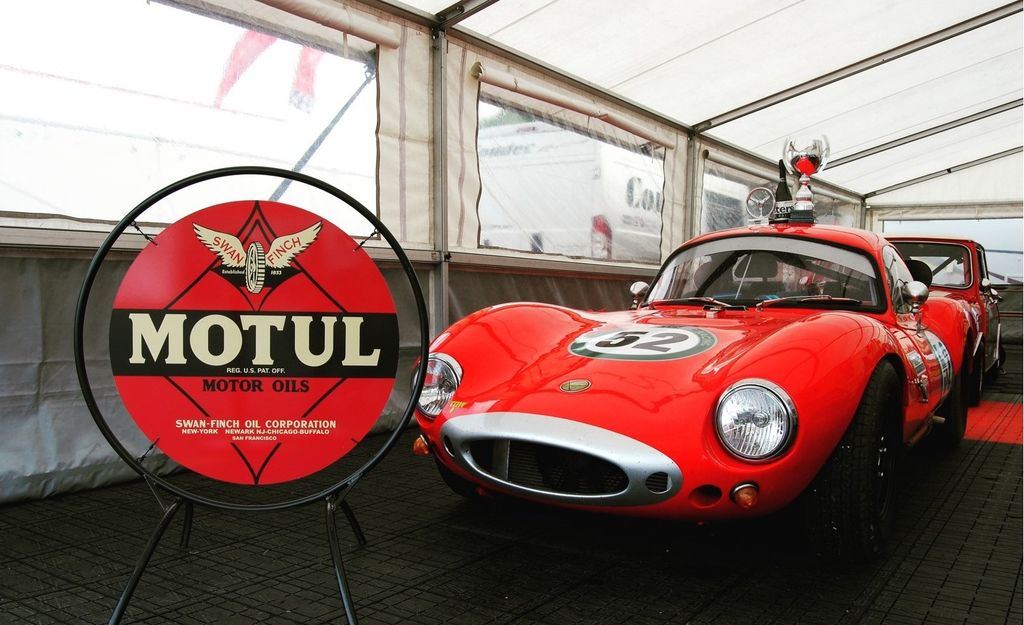
As well as the headline sponsorship of large events that Motul is known for, such as Goodwood Revival we actively engage with the ‘grass roots’ of the classic community to advise on the Motul range and Witham ranges also to feedback new customer needs from the marketplace.
Witham is very active, with a sharp focus, in all of these areas, from liaising with the classic car clubs offering members exclusive club initiative packages, working with classic restoration workshops (where we can offer a lot of help and advice), helping stockists and distributors, as well as providing the best lubricant technical advice to garages and workshops.
Get the right oil viscosity for your classic vehicle
As we often say, oil is to an engine what blood is to the human body. If it’s too thick it can cause the engines oil system to clog (think heart attack); too thin and you risk uncontrolled wear. So, selecting and maintaining the consistency (viscosity) is key. When oil viscosity is too low or high, it may be detected as a loss of pressure in the oil supply to the engine. If you are not sure which vehicle needs which oil, please contact us and we will be more than happy to help.
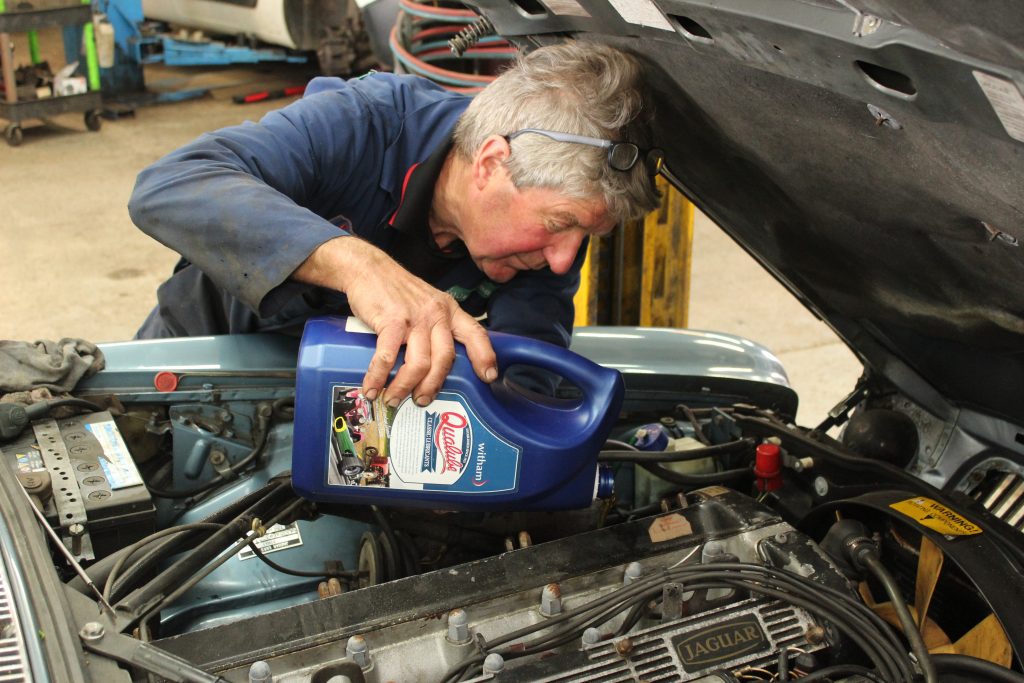
Oil can also help with fuel economy
The thicker the oil is, the more energy it takes to pump the oil. This uses up fuel. Just like people who take blood thinning drugs to make it easier on their heart to pump it, it’s the same with engine oil – it still needs to be thick enough to prevent friction and wear and tear but can now offer superb protection at lower viscosities all keeping to the original manufacturer’s recommendations and approvals. It’s not just fuel economy, incorrect lubrication causes mechanical wear and premature equipment failure. Using the wrong or low-quality lubricants is a major factor given that it may not contain the essential chemistry to prevent premature wear and corrosion.
At Witham, we are here to help – our Classic range of products has been designed for vintage vehicles that need a different approach to lubrication than those of the modern age. Trading since 1921, we know a thing or two about classic and vintage oils, as we mentioned earlier our unique relationship with Motul means we can offer an approved classic range second to none. So before you get your treasured classic car out for a drive in the sun, be sure to check the engine oil, screenwash, gear & transmission oil, brake fluids, wiper blades, lights, tyre pressure and coolants levels.
For more information about Witham Qualube Classic Lubricants, go to: https://www.withamgroup.co.uk/shop/classic-range/
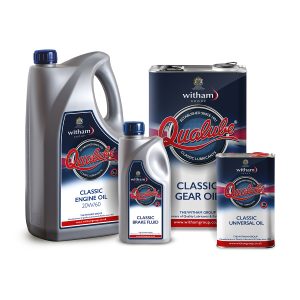



Leave a Reply